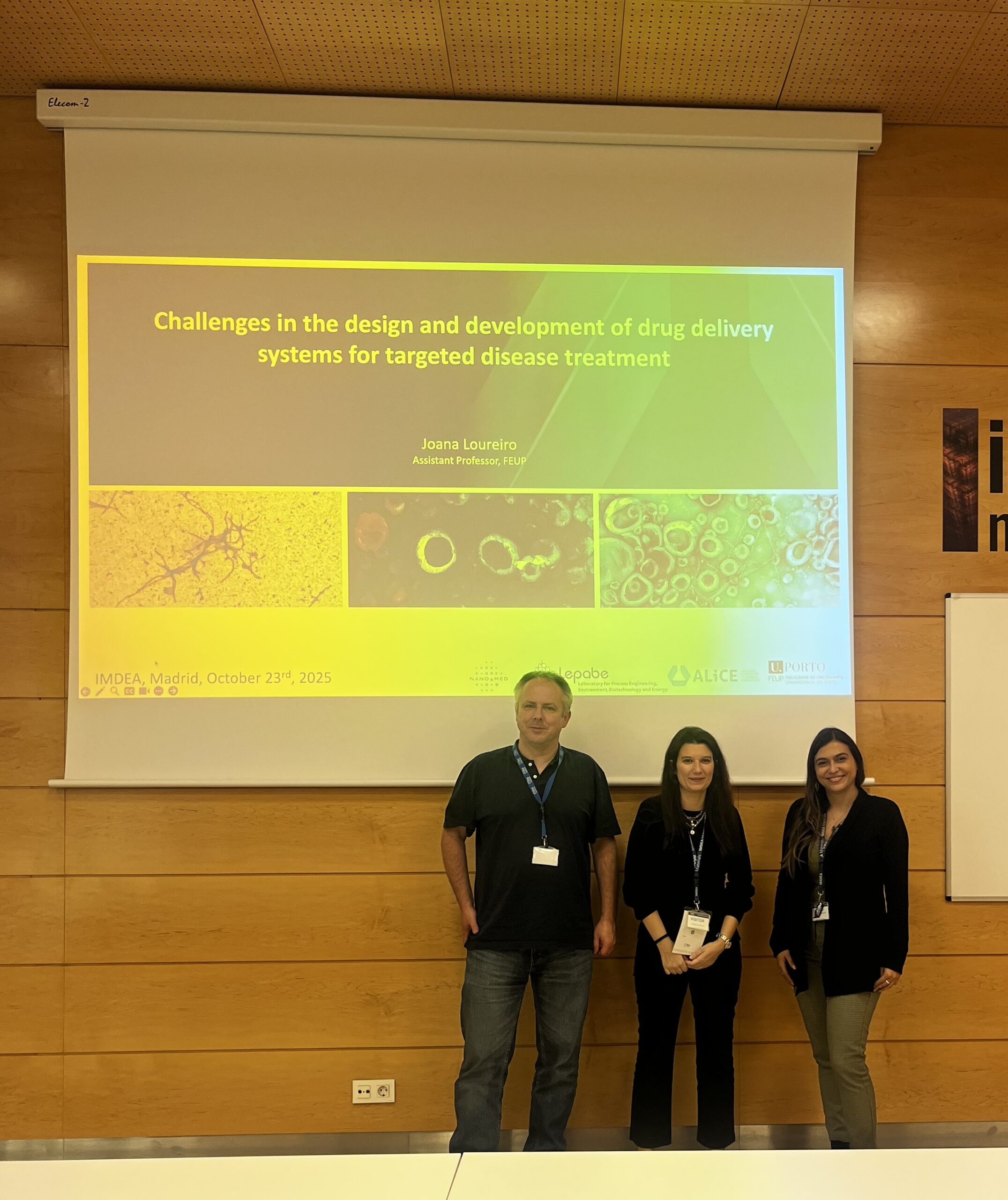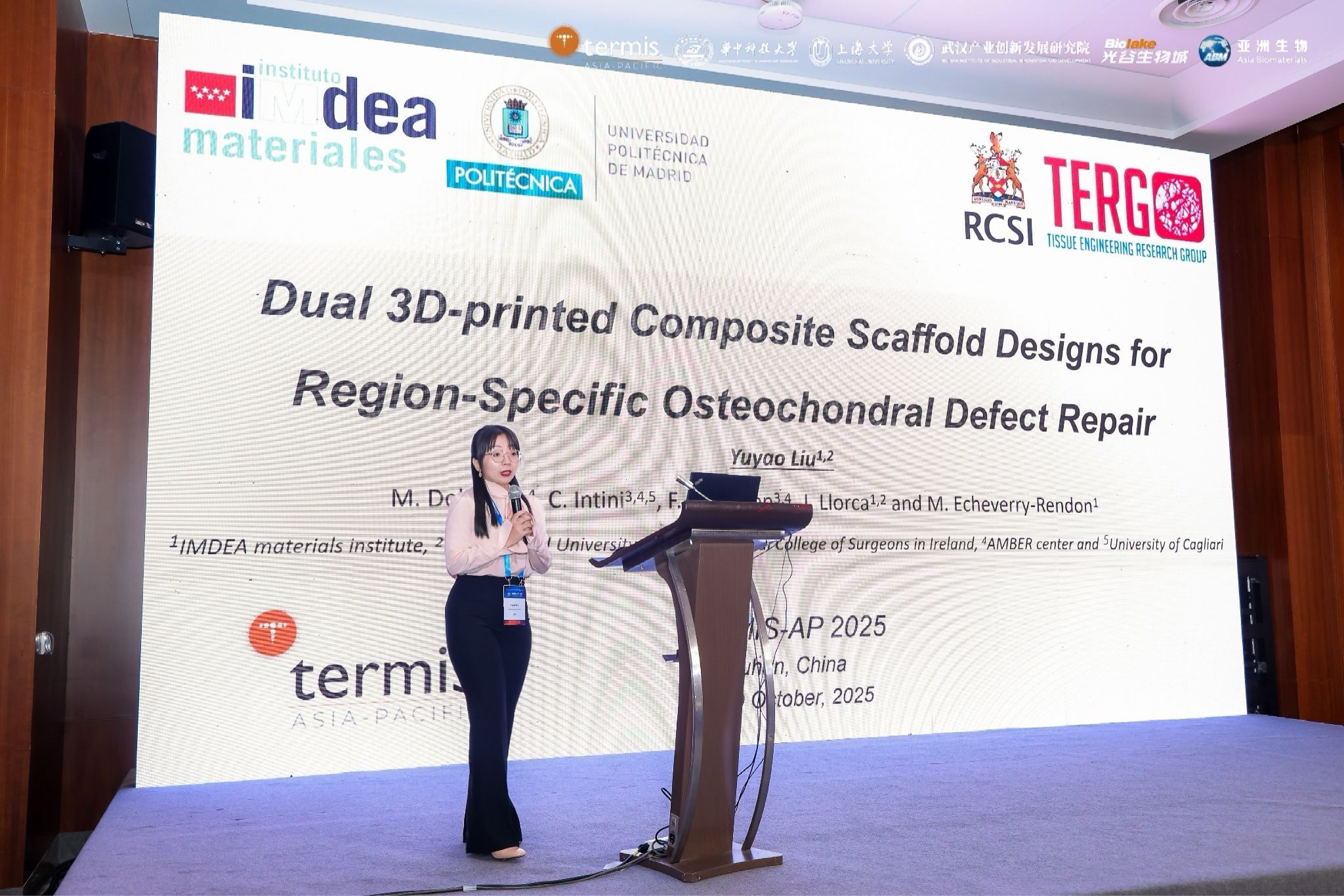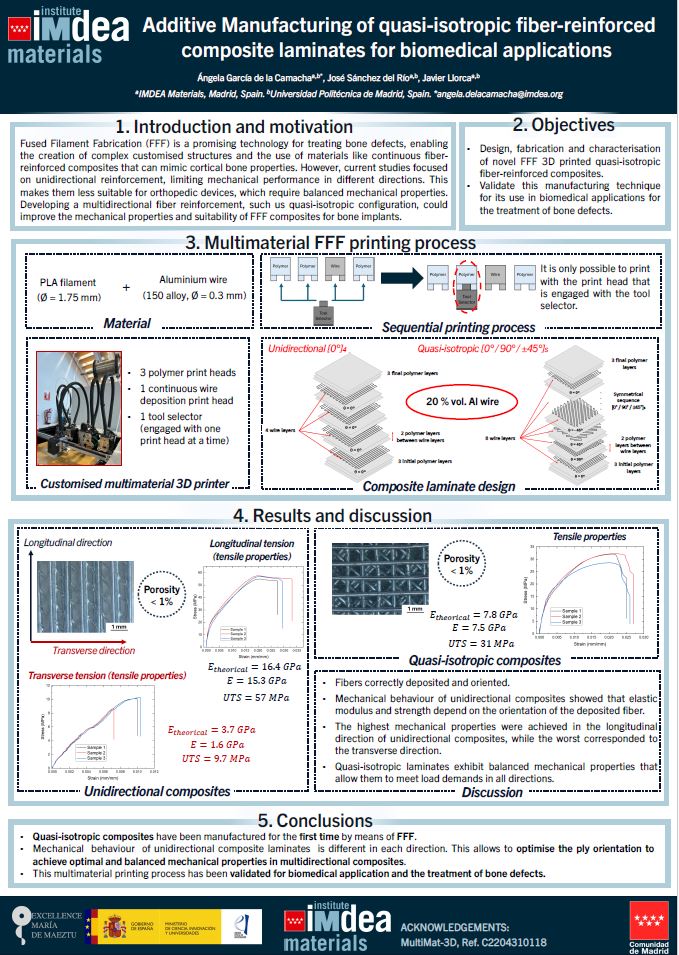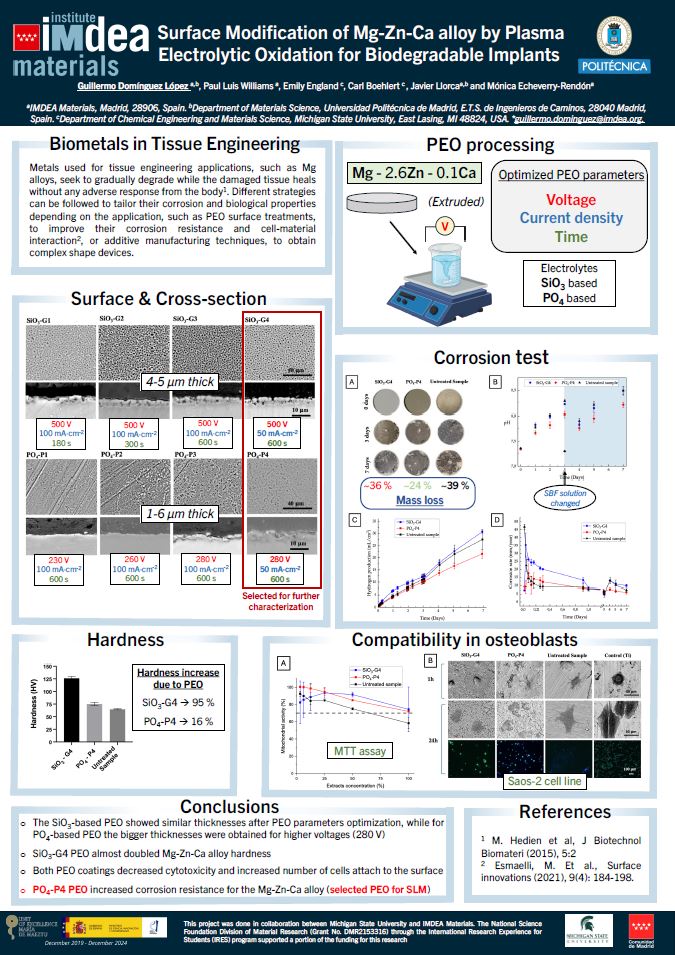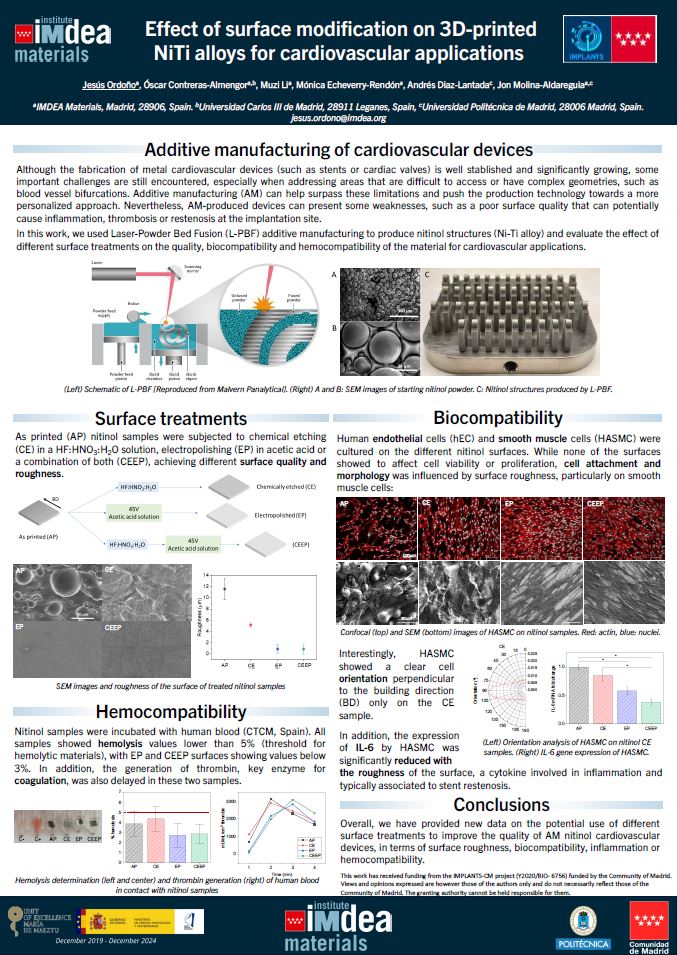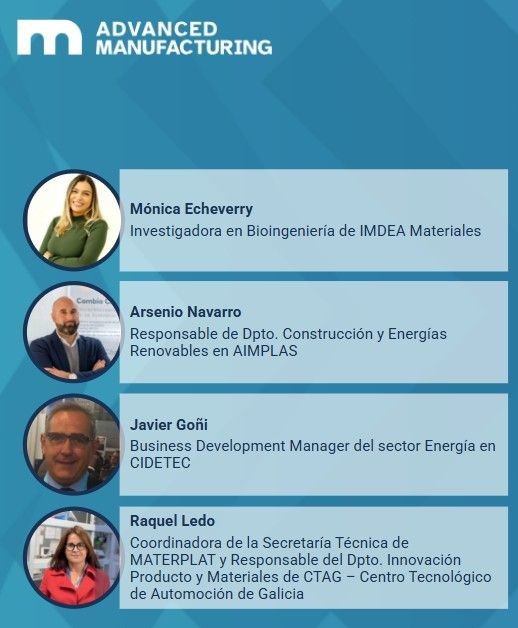
The BCD Group Joins the Discussion on Composites at Advanced Manufacturing Madrid
Our Principal Investigator, Dr. Mónica Echeverry Rendón, will be speaking at the round table “Current situation and future challenges for composites in strategic Spanish sectors” during the Advanced Manufacturing Madridevent.



